1. Tibetan Noodles (Thukpa)
Thukpa is a familiar noodle dish in Tibetan cuisine (Photo source: Collected)
Thukpa is a traditional noodle dish in Tibetan and Chinese cuisine that appears in most of the daily meals of the people here. In a bowl of Thukpa is a harmonious combination of soft noodles, rich soup and familiar ingredients such as Yak or lamb, radish, vegetables and typical spices such as ginger and garlic. The dish is not too sophisticated, but brings a feeling of warmth in the cold of the high mountains.
The biggest difference of Thukpa lies in the broth. Simmered from yak bones, the soup is sweet and rich, combined with fresh green vegetables, creating a harmonious combination of natural sweetness and mild spiciness from local spices. For Tibetans, a bowl of Thukpa noodles is not simply a dish, but also a symbol of connection, of family warmth in the cold winter. Tibetan cuisine therefore not only focuses on flavor but also aims at balance in the body - which is very important for people living at altitudes of over 4,000m. Thukpa is a testament to how the cuisine here clearly reflects the philosophy of living close to nature.
2. Yak beef
Yak beef is one of the popular ingredients in Tibet (Photo source: Collected)
Yak beef is a key and iconic ingredient in Tibetan cuisine. Yak is an endemic cow that lives at high altitudes, where temperatures can drop below minus 20 degrees Celsius. Their meat is highly nutritious, rich in protein, iron and fat – helping mountain people maintain their health in harsh climate conditions. Yak beef is processed into many dishes: from dried meat, pan-fried, to stews and traditional hot pots. A piece of Yak meat has a natural sweetness, just the right amount of toughness and is especially not as greasy as some other types of red meat. That flavor easily satisfies diners, even those who come to Tibetan cuisine for the first time.
As a source of nutrition, it is closely associated with the nomadic life of the Tibetan people. From food, milk, to hair and pulling power – all are used effectively. Therefore, each dish made from Yak is also a part of the soul of this land, reflecting the ingenuity and gratitude of the indigenous people to nature.
3. Tsampa Cake
Tsampa Cake - Traditional cake in Tibet made from wheat flour (Photo source: Collected)
Tsampa is a traditional and indispensable food in Tibetan cuisine. Made from roasted and finely ground barley flour, Tsampa is an iconic food that is present at every meal – from everyday meals to festive celebrations. It can be eaten dry or mixed with butter tea, yogurt or salty tea, making it an energy-rich and easily digestible meal.
The beauty of Tsampa lies in its convenience and nutritional value. In cold weather conditions where fresh food is scarce, a handful of Tsampa is enough to keep the body warm all day long. For Tibetans, Tsampa is a spiritual symbol, representing resilience and attachment to tradition. Tibetan cuisine always prioritizes simplicity and practicality, and Tsampa is a typical example. Not complicated in preparation, but full of nutrients and easy to preserve, this cake is like the crystallization of human wisdom and adaptation to nature.
4. Yak beef hotpot
Yak hotpot is a dish suitable for the typical climate in Tibet (Photo source: Collected)
In the list of typical dishes of Tibetan cuisine, Yak beef hotpot is an indispensable choice on cold days. The hotpot is steaming hotpot, with broth carefully simmered from Yak beef bones, creating a sweet taste, with the seductive aroma of ginger, pepper and local herbs.
The special thing about hot pot is the way of using fresh ingredients that are thinly sliced and dipped directly into the boiling hot pot. Besides Yak beef, people often eat it with potatoes, wild mushrooms, cabbage and traditional noodles. All of these combine to create a complete culinary experience, both warming the stomach and imbued with the culture of the highlands. In each hot pot is a philosophy of life about sharing and intimacy - which is very typical in the nomadic culture here.
5. Cold noodles
Cold noodles is another version of Thukpa (Photo source: Collected)
If Thukpa is a hot noodle dish, cold noodles are a new variation in Tibetan cuisine. The noodles are usually thick and flat, cooked and cooled, then mixed with chili sauce, vinegar and sometimes crispy potatoes. This dish is often eaten in the summer when people want a light and easy to digest meal.
The mild sourness and spiciness of the sauce, combined with the richness of the potatoes and the chewiness of the noodles, create a dish that balances flavors and textures. This is a clear demonstration of the constant adaptation and innovation in Tibetan cuisine – where, despite limited resources, people always find ways to enrich their daily meals. Cold noodles also show how Tibetans innovate traditional cuisine with simple yet effective innovations, suitable for the weather conditions and tastes of each season of the year.
6. Shabalep
Tsampa cake brings the simplicity of Tibetan cuisine (Photo source: Collected)
While Tsampa evokes a rustic and peaceful feeling, Shabalep is an interesting highlight of Tibetan cuisine, thanks to its crispy texture and rich flavor. Shabalep is a type of fried pastry filled with carefully marinated meat. The thin pastry is skillfully wrapped and fried until golden brown, making the outer layer crispy, while the filling remains soft and juicy.
The shape of the cake is somewhat similar to the familiar dumplings in many cultures, but what makes the difference is the filling of yak meat - a typical animal of the Tibetan plateau. The aroma of the meat combined with the characteristic spicy spices creates a stimulating taste experience. Shabalep is often enjoyed with fermented chili sauce, which further enhances the harmony of this traditional dish.
7. Momo Dumplings
Momo dumplings are a Tibetan dish that often appears on important occasions (Photo source: Collected)
One of the most prominent dishes when it comes to Tibetan cuisine is Momo dumplings. They appear in most holidays and family gatherings. The crust is made from smooth wheat flour, embracing the filling of yak beef or vegetables marinated according to traditional recipes. Momo can be steamed, boiled or fried, depending on the taste of each region. No matter how it is prepared, this dish still retains its characteristic flavor thanks to its rich filling and light crust. The accompanying dipping sauce – usually a spicy sauce made from tomatoes and red peppers – contributes to perfecting the flavor. Each Momo is a story, a small piece in the colorful picture of Tibetan cuisine.
8. Amdobalep and fried lamb lungs
Fried lamb lungs are a rare and delicious dish in Tibet (Photo source: Collected)
Tibetan cuisine not only has familiar cakes, but also contains many unique dishes, clearly showing the creativity in nomadic life. Amdobalep is a large toasted bread, often appearing in Tibetan breakfasts. Made from wheat and baked in special ovens, the bread has a light chewy texture and a rich aroma. In contrast to the popularity of Amdobalep, fried lamb lungs are quite rare. However, this is an important part of the meals of some Tibetan families, especially in mountainous areas. Lamb lungs are cleaned, thinly sliced, marinated with strong spices and fried. The spicy, fatty and crispy flavor makes this dish strange but attractive to those who love to explore highland cuisine.
9. Dresil
Dresil is a new sweet rice dish used during sacred festivals (Photo source: Collected)
During the holy days of festivals, the sweet aroma of Dresil fills the air, bringing blessings for a peaceful new year. This signature sweet rice dish is an essential part of Tibetan cuisine, made from basmati rice, blended with yak butter, raisins, cashews and sugar. Each ingredient is carefully selected, showing respect to the gods and ancestors.
Dresil is not only a traditional dish, but also a symbol of luck and abundance in Tibetan culture. “Dri” butter – extracted from yak cows – is often added to increase the richness and aroma, creating a deep and unforgettable flavor layer. In each bowl of rice, Tibetans put their whole heart and wish for peace and prosperity for the whole family. The appearance of Dresil not only has a ceremonial meaning, but also shows respect for what nature has given. This is what makes this dish the soul of Tibetan culinary picture, making visitors from afar curious and passionate to explore.
10. Butter tea
Butter tea is a drink that shows the hospitality of Tibetan people (Photo source: Collected)
Butter tea – also known as Po Cha – is a long-standing traditional drink, closely associated with the daily life of Tibetan people. In the cold climate of the plateau, a hot cup of butter tea with the characteristic salty, fatty taste of yak butter not only warms the body but also symbolizes hospitality and community cohesion.
The special feature of butter tea lies in the elaborate brewing process. Each brick of tea is carefully cooked, then mixed with yak butter and salt in a special wooden stirrer. This process requires not only technique, but also patience and delicacy. The distinctive aroma, smooth texture and unique salty taste make butter tea an unforgettable mark in Tibetan culinary culture. People often use butter tea to entertain distinguished guests, showing respect and sincerity. Each sip of tea is a blend of nature, people and tradition. It is not an exaggeration to say that Po Cha is the invisible glue that connects the community in the land of wind and snow.
11. Yak Yogurt
Handcrafted Yak yogurt has a different flavor compared to other yogurts (Photo source: Collected)
In the rich Tibetan cuisine, yak yogurt plays a role as both a nutritious dish and a spiritual value. Made from pure fresh yak milk – an animal that only lives in the mountains above 3,000 meters – the yogurt has a distinctive flavor, slightly sour, fatty and smooth, completely different from industrial yogurt. The process of making yak yogurt is not simply fermentation, but also accompanied by traditional rituals such as burning incense and praying. This reflects the Tibetan people's deep belief in the connection between humans and nature. The product is not only clean but also carries positive energy, considered a gift from the heavens.
Yak yogurt is often served with Qingke malt cakes or sprinkled with raisins and almonds to increase nutritional value. This is a popular breakfast dish, providing abundant energy for a long day of activities in a harsh environment. The mild flavor and pure aftertaste have touched the emotions of many tourists who have set foot on the Tibetan plateau.
12. Lhasa Beer
Lhasa Beer - A unique drink with a strong taste of the highlands (Photo source: Collected)
Tibetan cuisine is not only attractive because of its dishes but also because of its unique drinks, and Lhasa beer is one of them. Produced from Qingke barley - a typical grain of the highlands - along with fresh spring water flowing from the Himalayas, Lhasa beer brings a refreshing, light taste, suitable to enjoy after a long day of traveling or when meeting friends.
Not too strong or too harsh, Lhasa beer is pleasant to drink. For Tibetans, this beer represents the connection between tradition and modernity. During festivals, they often raise a glass of Lhasa beer by the campfire, amid folk music and dance, highlighting the poetry and community spirit of this sacred land.
13. Chang Barley Wine
Chang barley wine is a drink used on special occasions by Tibetans (Photo source: Collected)
Along with tsampa and Lhasa beer, Chang barley wine is a traditional drink associated with all festivals, events and daily life in Tibet. Brewed from natural barley, without distillation, Chang has a slightly sweet taste, mild aroma and low alcohol content, suitable for the cold climate and friendly drinking culture of the plateau.
Chang is not only for enjoyment but also a tool to unite the community spirit. During New Year celebrations, weddings or religious ceremonies, people often gather together, filling glasses of Chang to offer to guests. Each sip of wine contains good meanings, praying for peace, luck and harmony. Different from strong wines in other regions, Chang brings a feeling of warmth, comfort and closeness. Home brewing according to traditional recipes is also a characteristic of Tibetan cuisine, reflecting the people's attachment to the land, seasons and local customs.
14. Dried meat
Dried meat from the wind - A dish produced in a special way suitable for the Tibetan weather (Photo source: Collected)
In the rich picture of Tibetan cuisine, dried meat is an indispensable symbol. Made from beef or lamb, the meat is sliced thinly, marinated with salt and local spices, then hung to dry in the cool and fresh air. Without the need for modern preservation technology, Tibetans take advantage of the dry and cold climate to preserve the flavor of the meat.
The jerky has a rich, slightly sweet flavor and is often served with tsampa (roasted barley flour), yak butter or mixed with butter tea. Its simplicity but rich nutrition has made this dish an indispensable part of every long trip or traditional holiday. The wind-dried jerky is a way for nomads to tell stories about their survival on the plateau.
Tibetan cuisine is not only delicious but also an important part of the culture and daily life here. When traveling to Tibet, you will have the opportunity to experience these unique dishes and explore the beauty of the vast plateau. Let's explore China in the mysterious Tibetan plateau with Vietravel and create memorable memories in your travel journey. With warm and nutritious dishes, Tibetan cuisine will definitely leave a deep impression on visitors.
Source: https://www.vietravel.com/vn/am-thuc-kham-pha/am-thuc-tay-tang-v16956.aspx


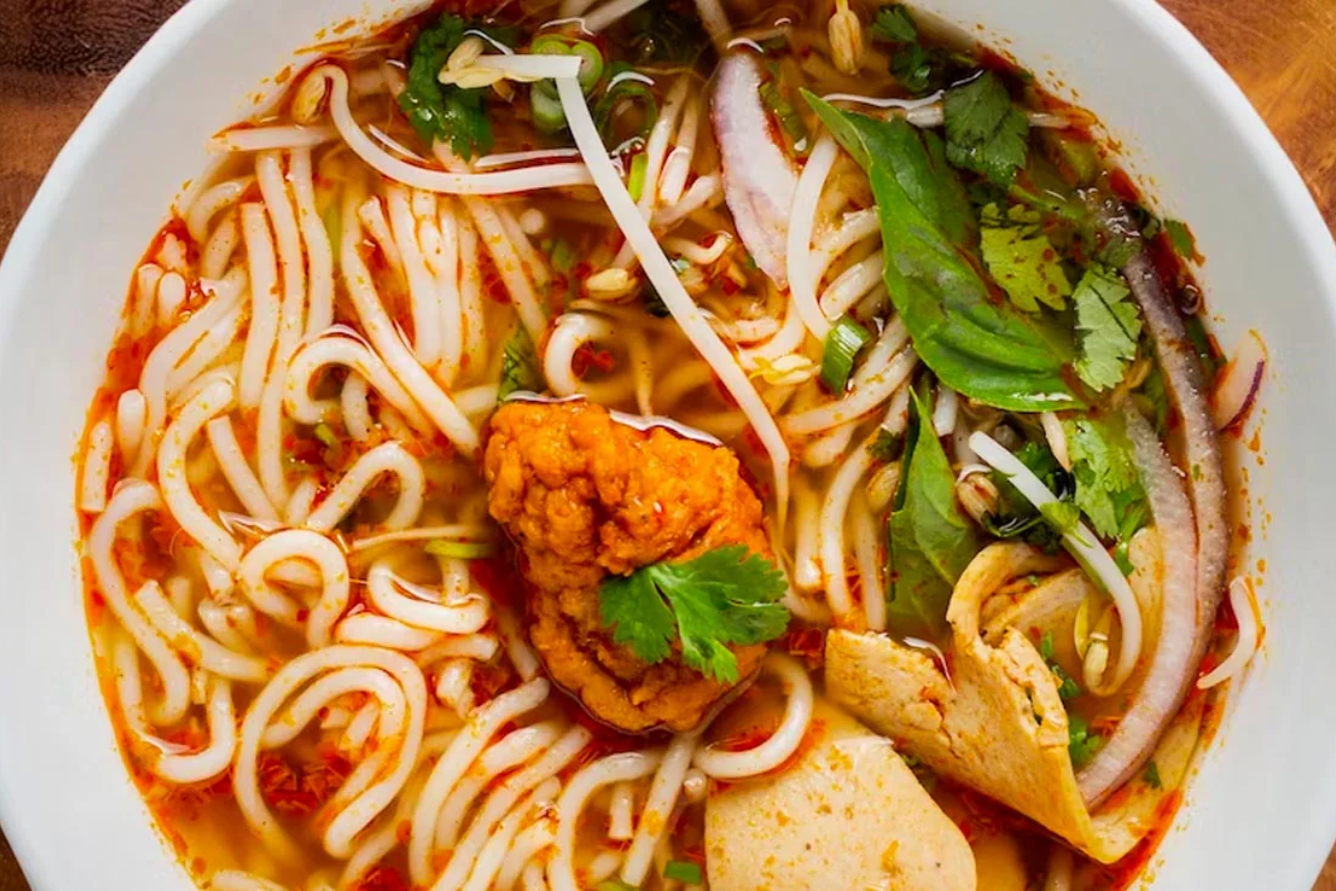
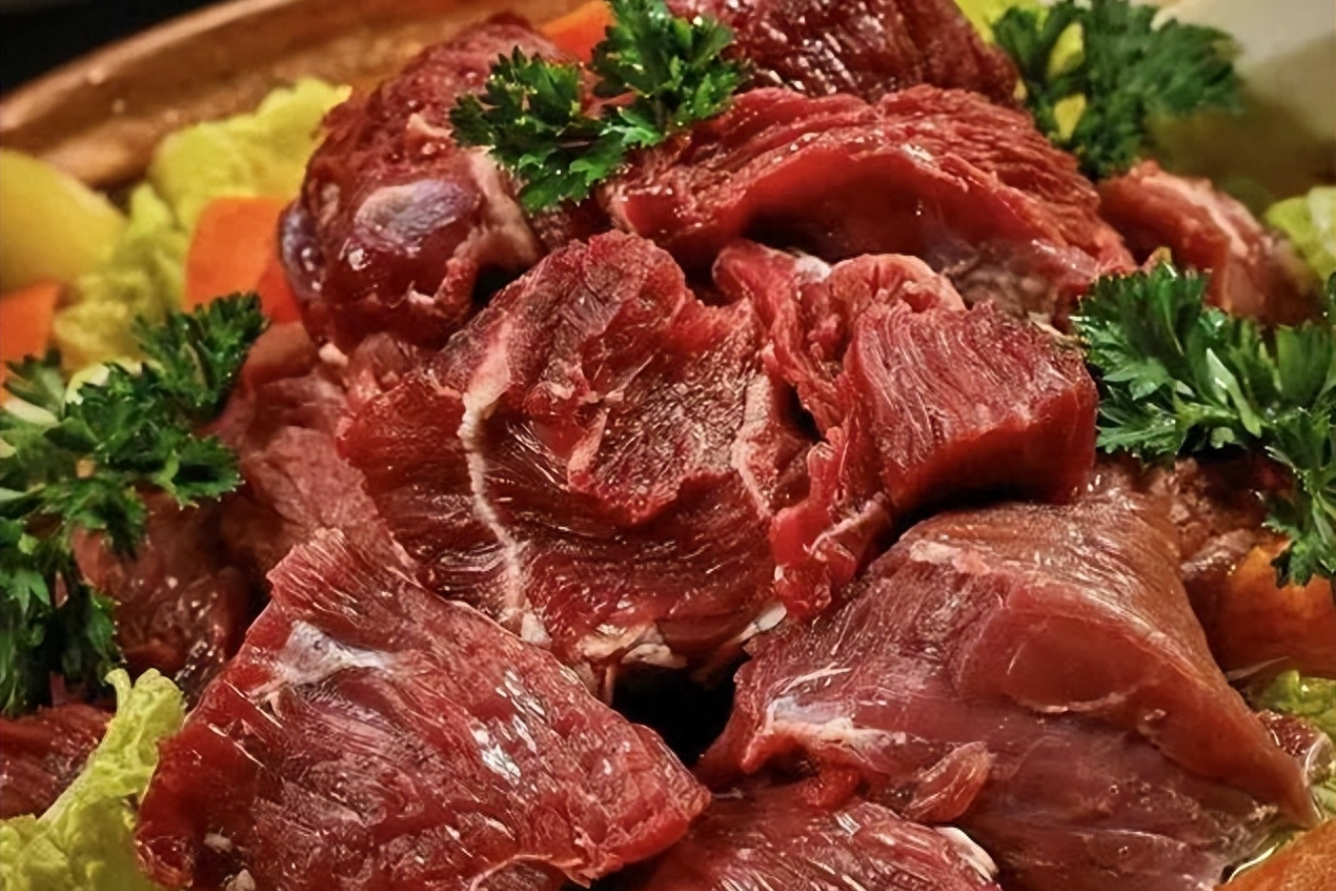
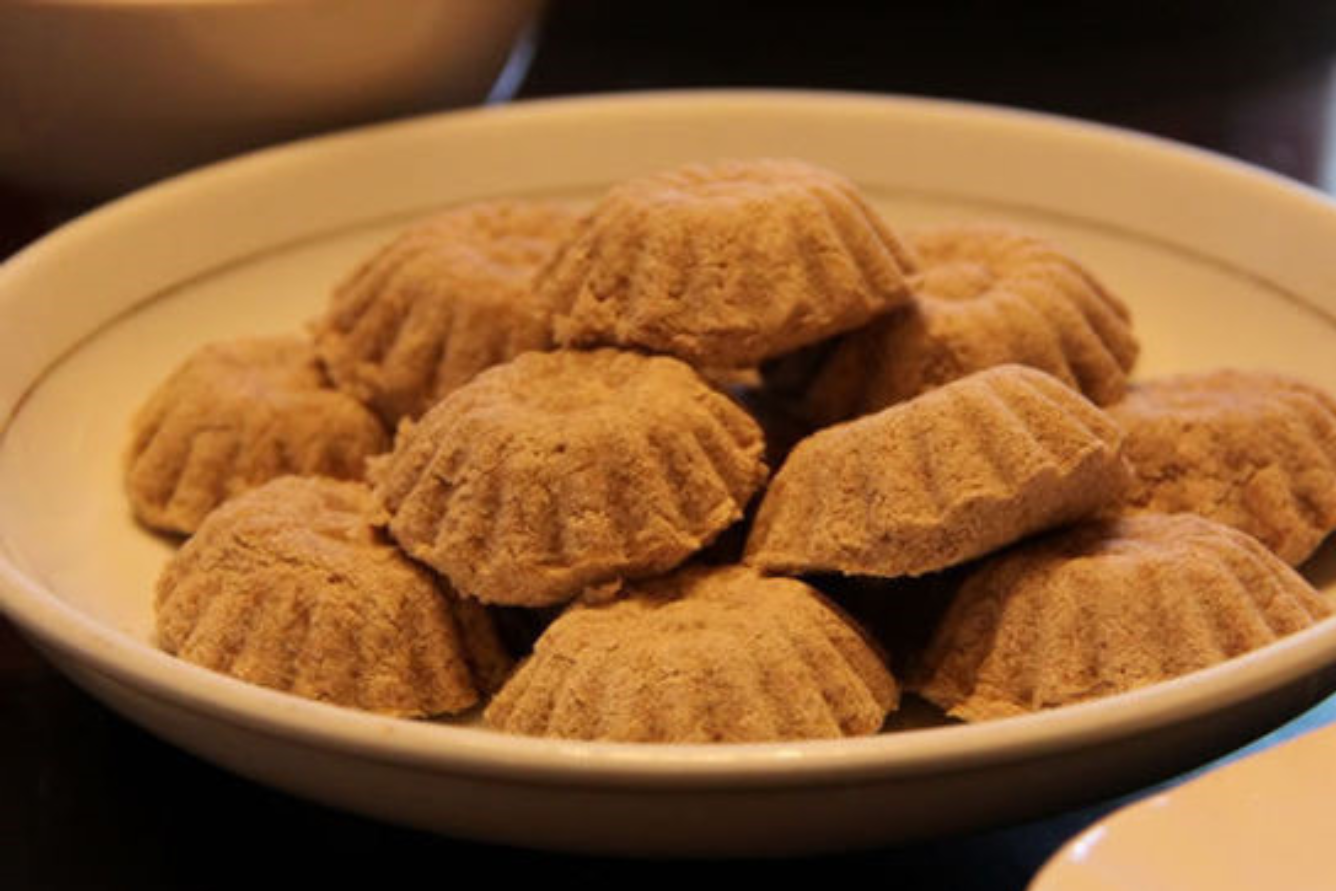
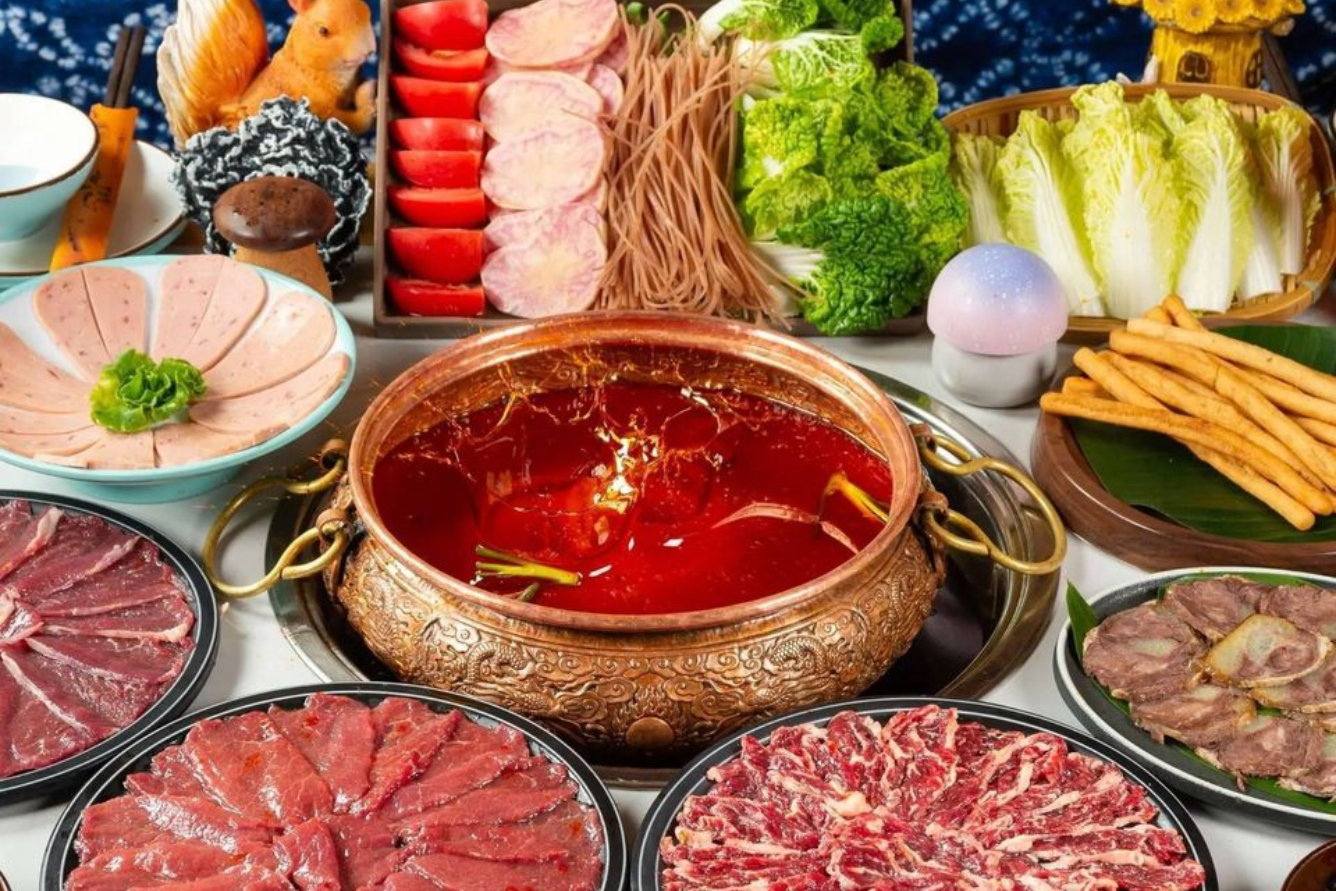
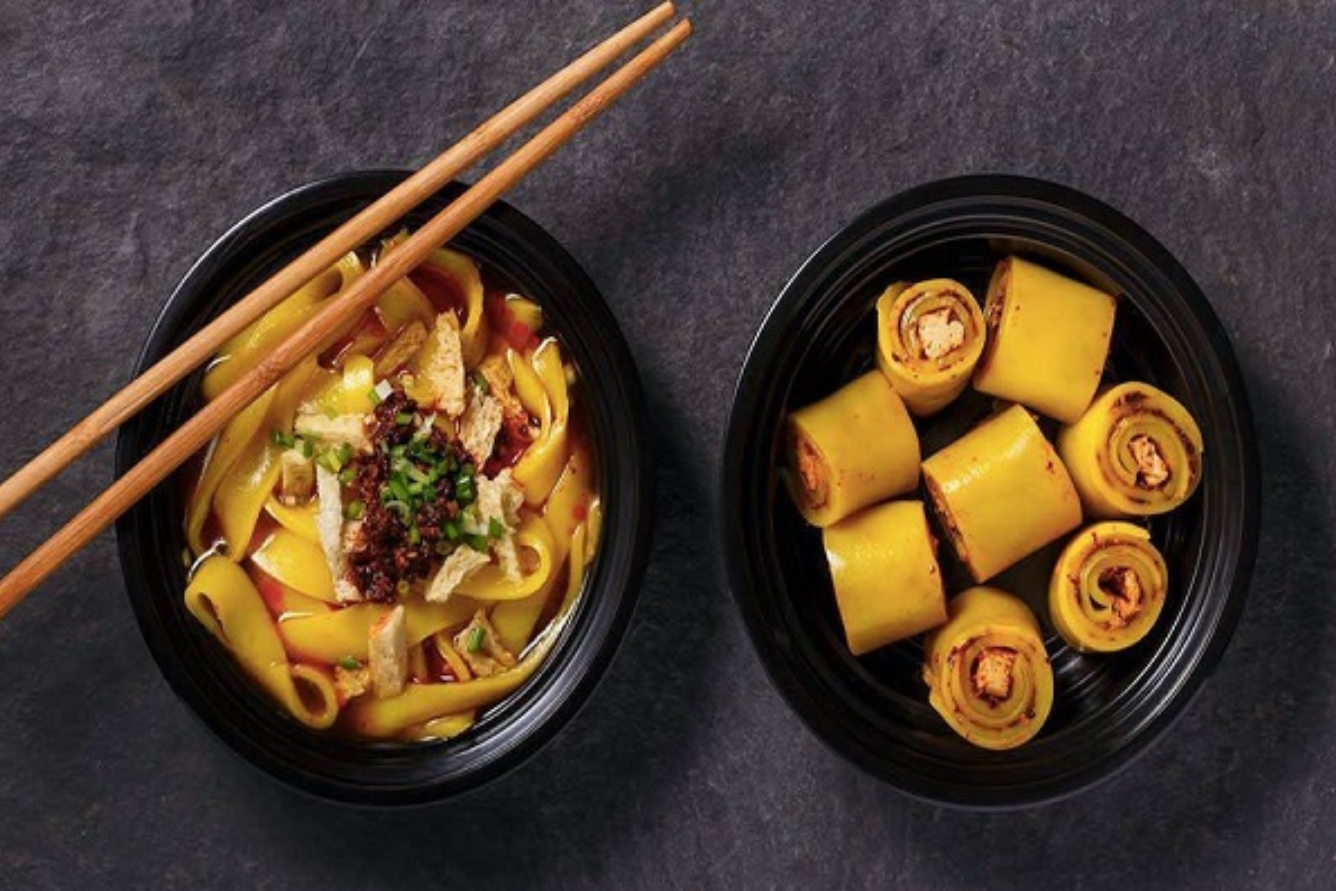
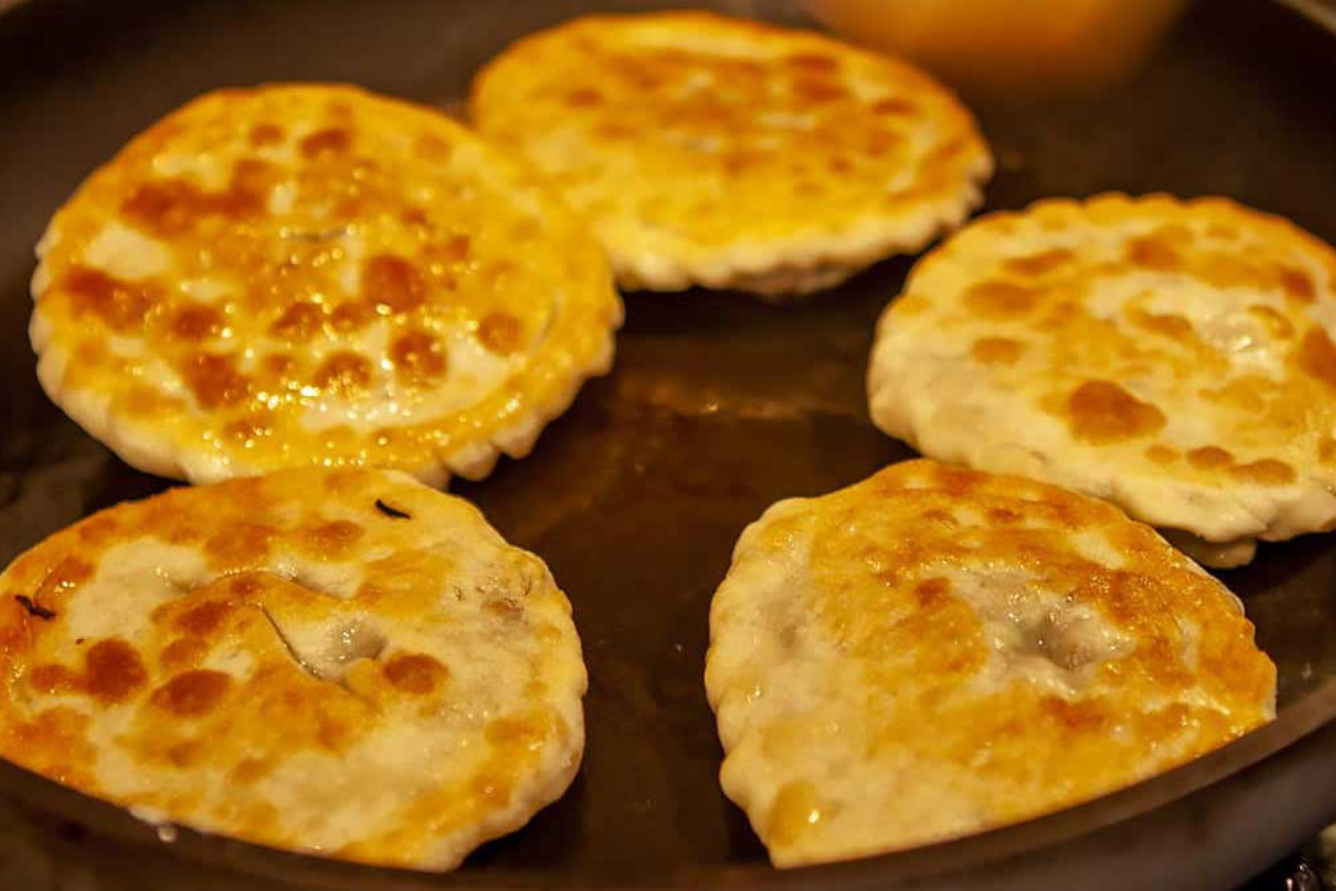
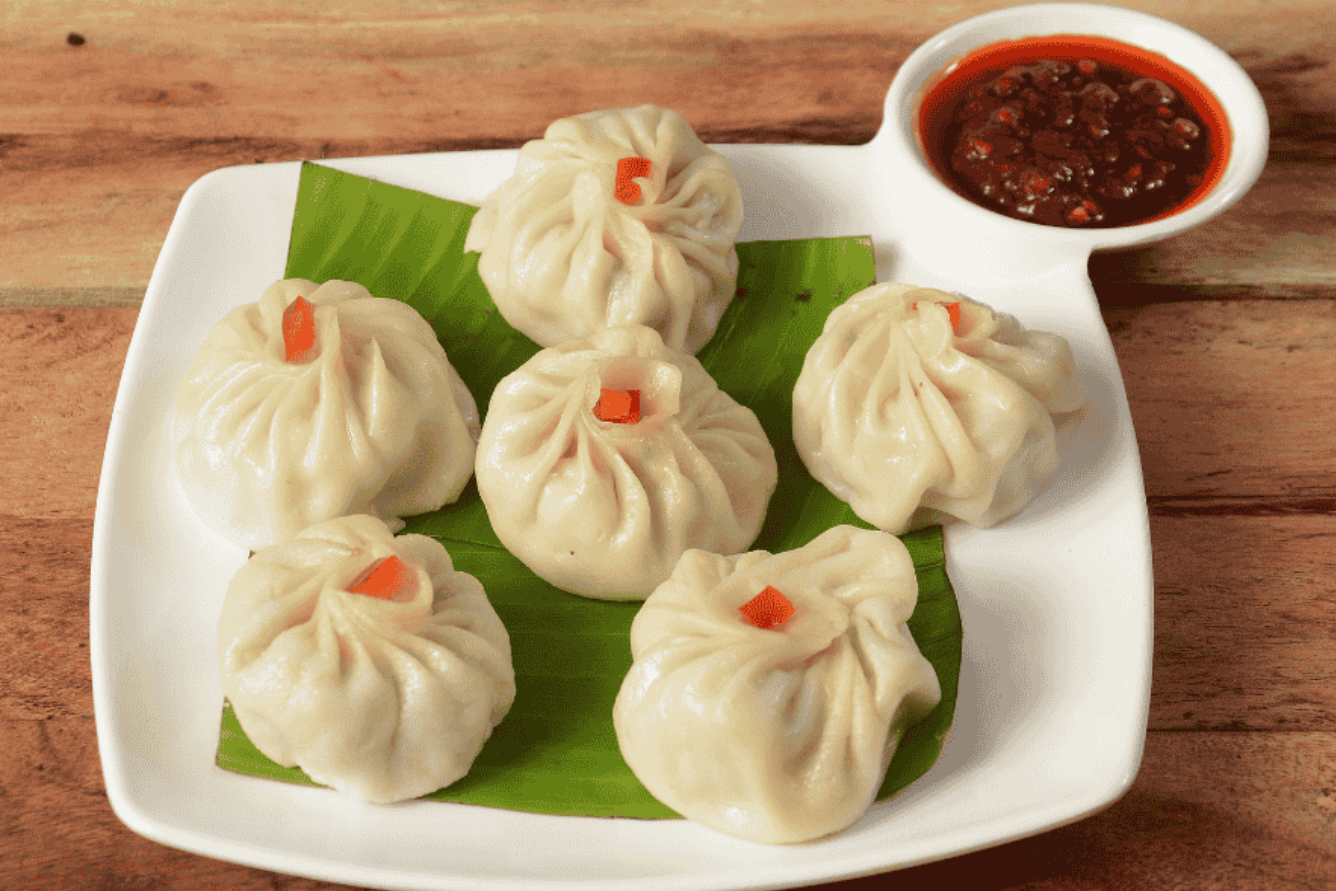
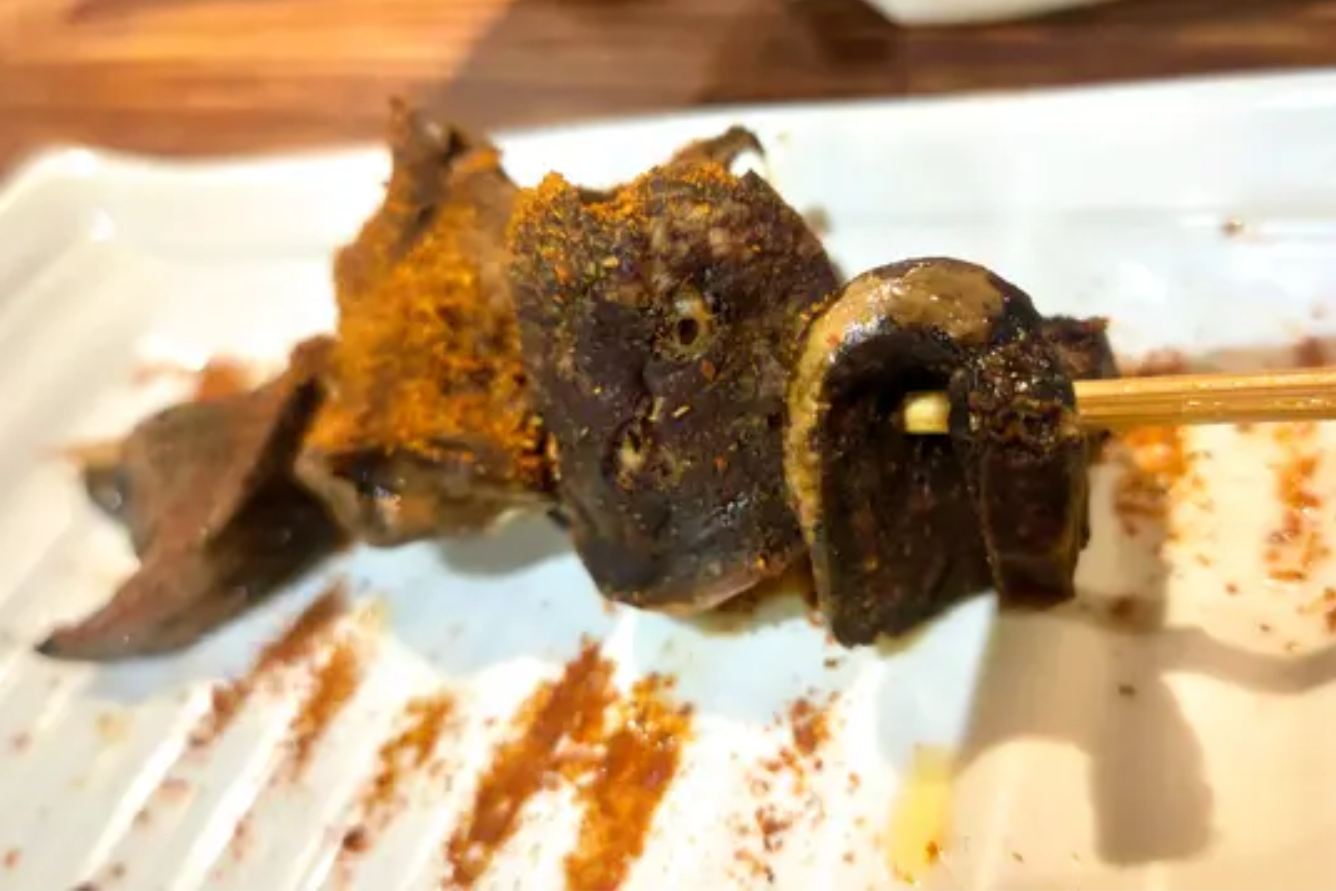
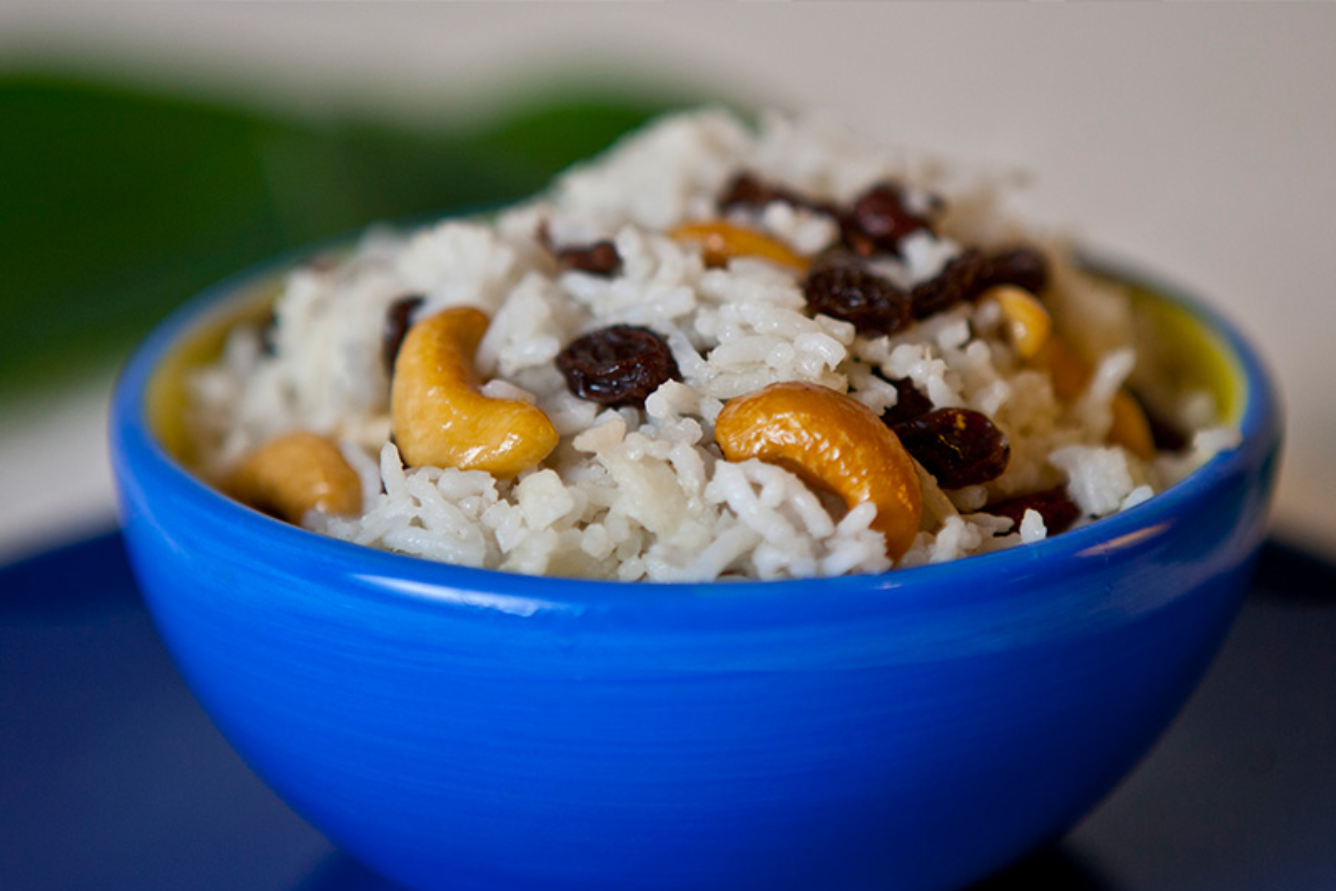
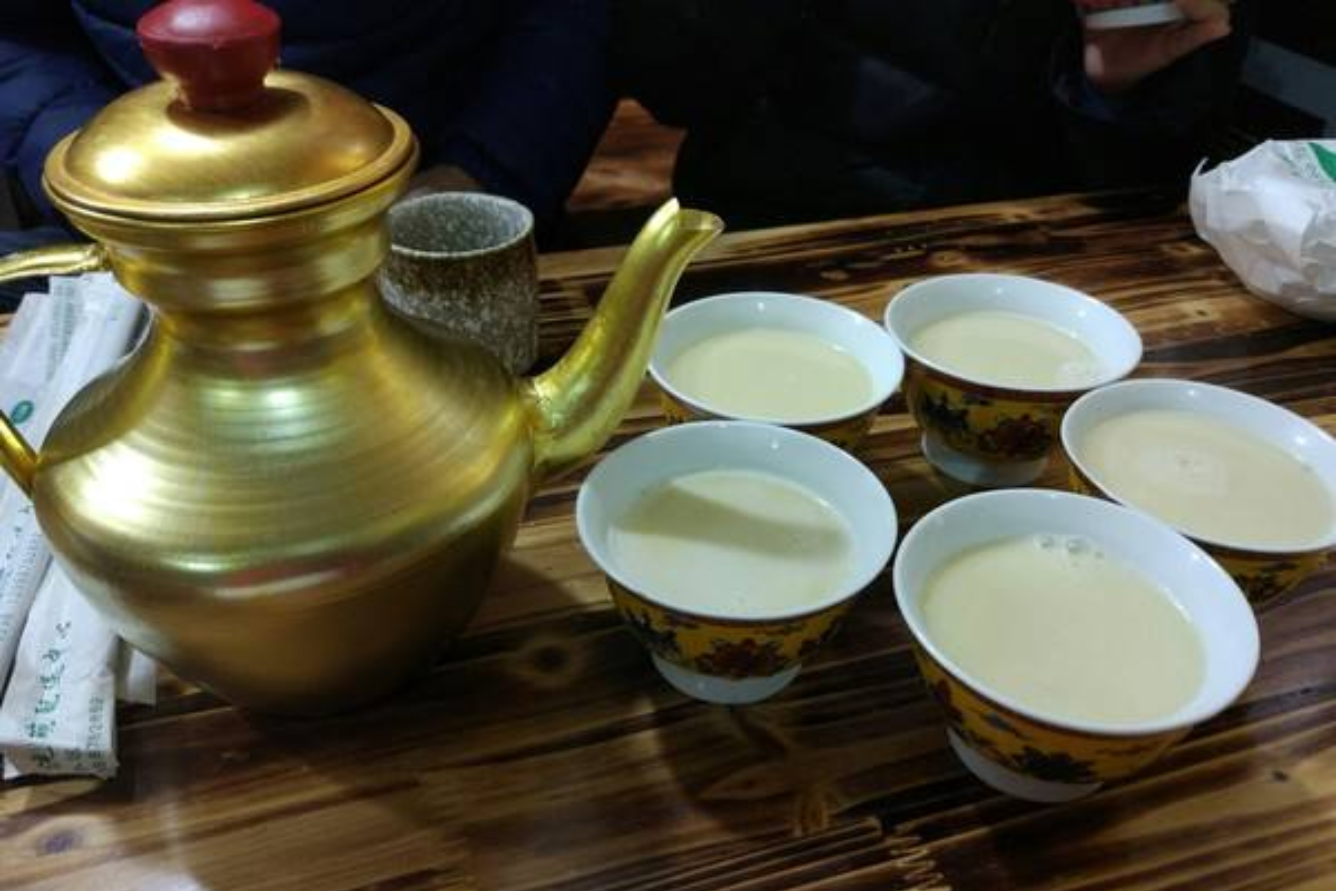
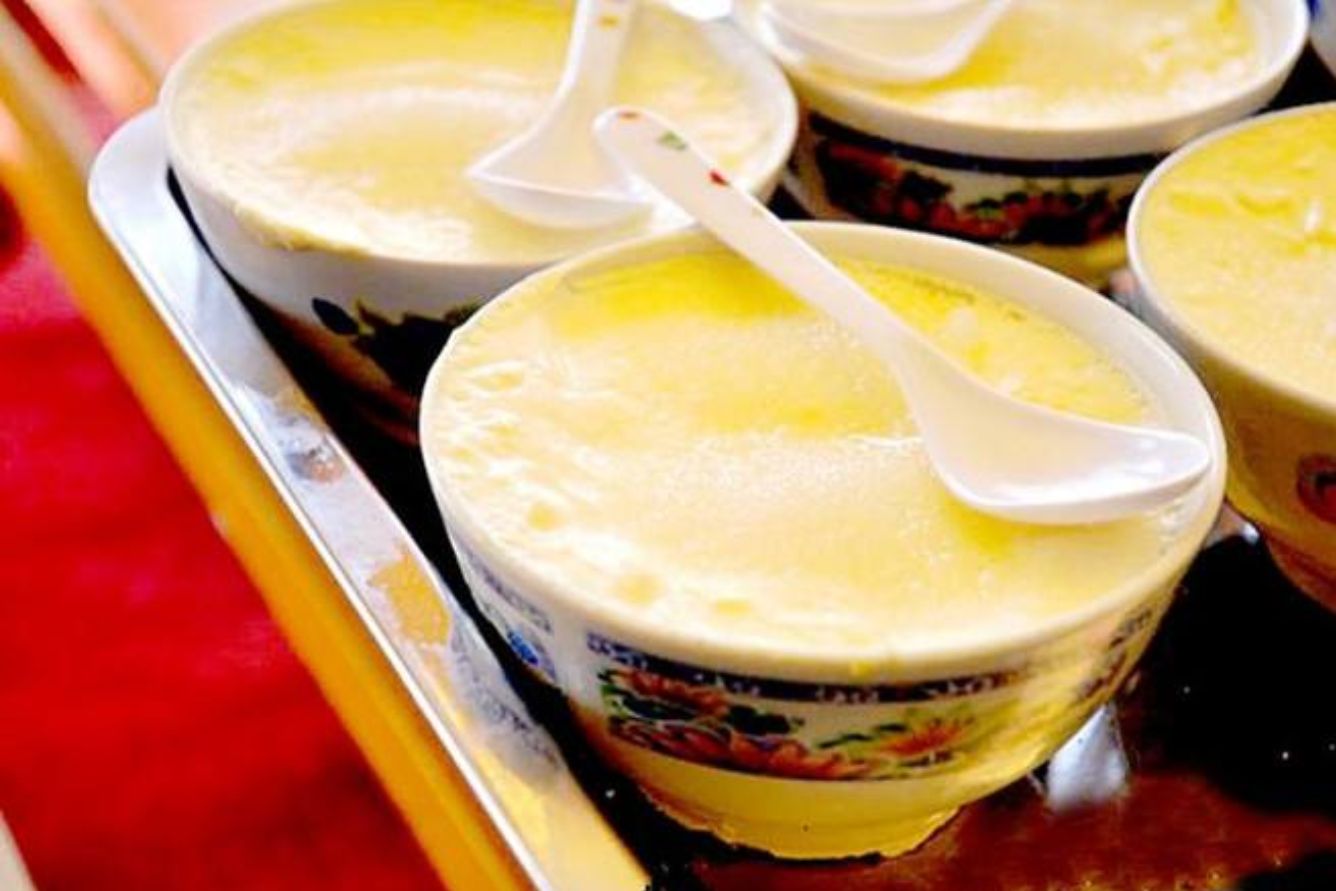
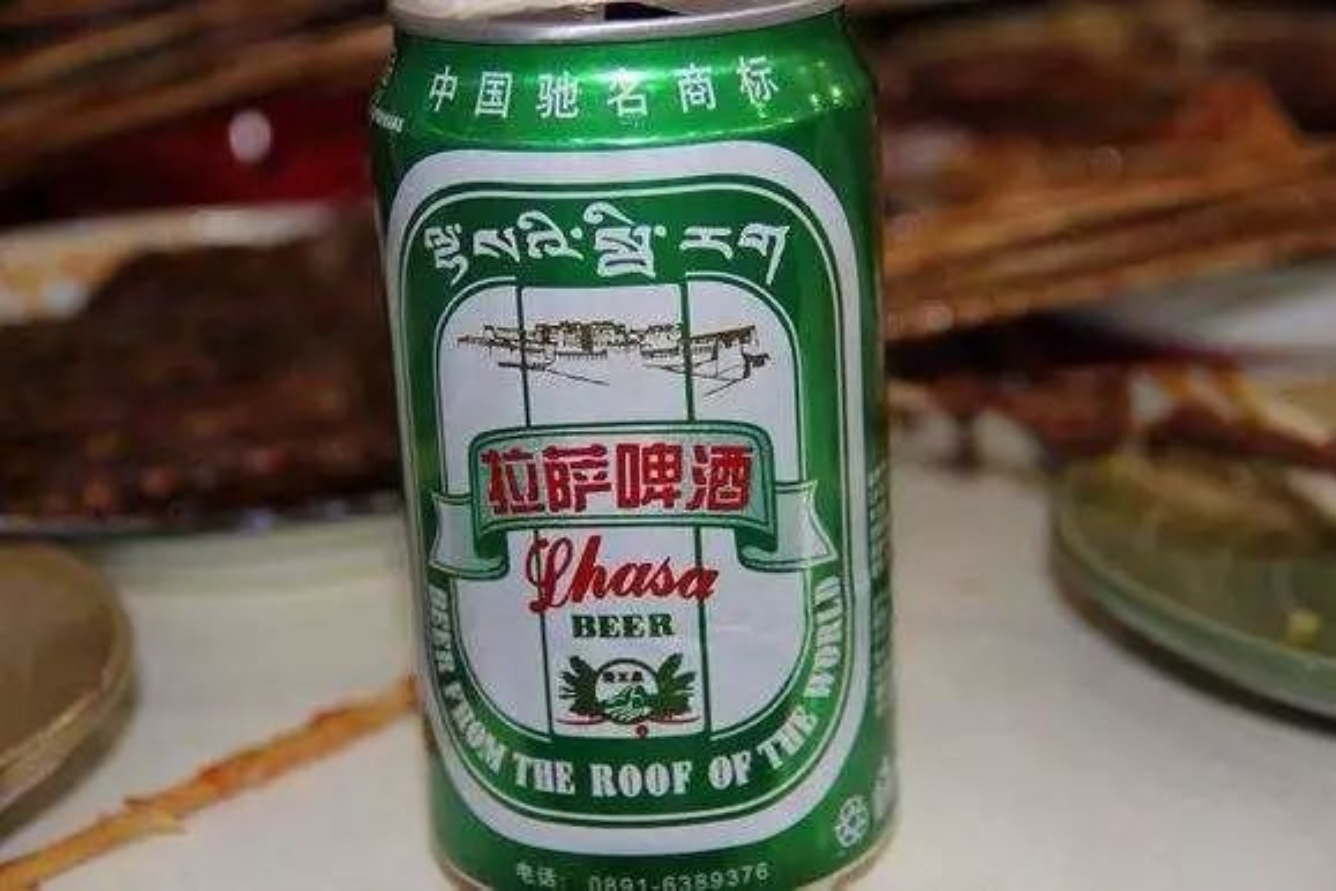
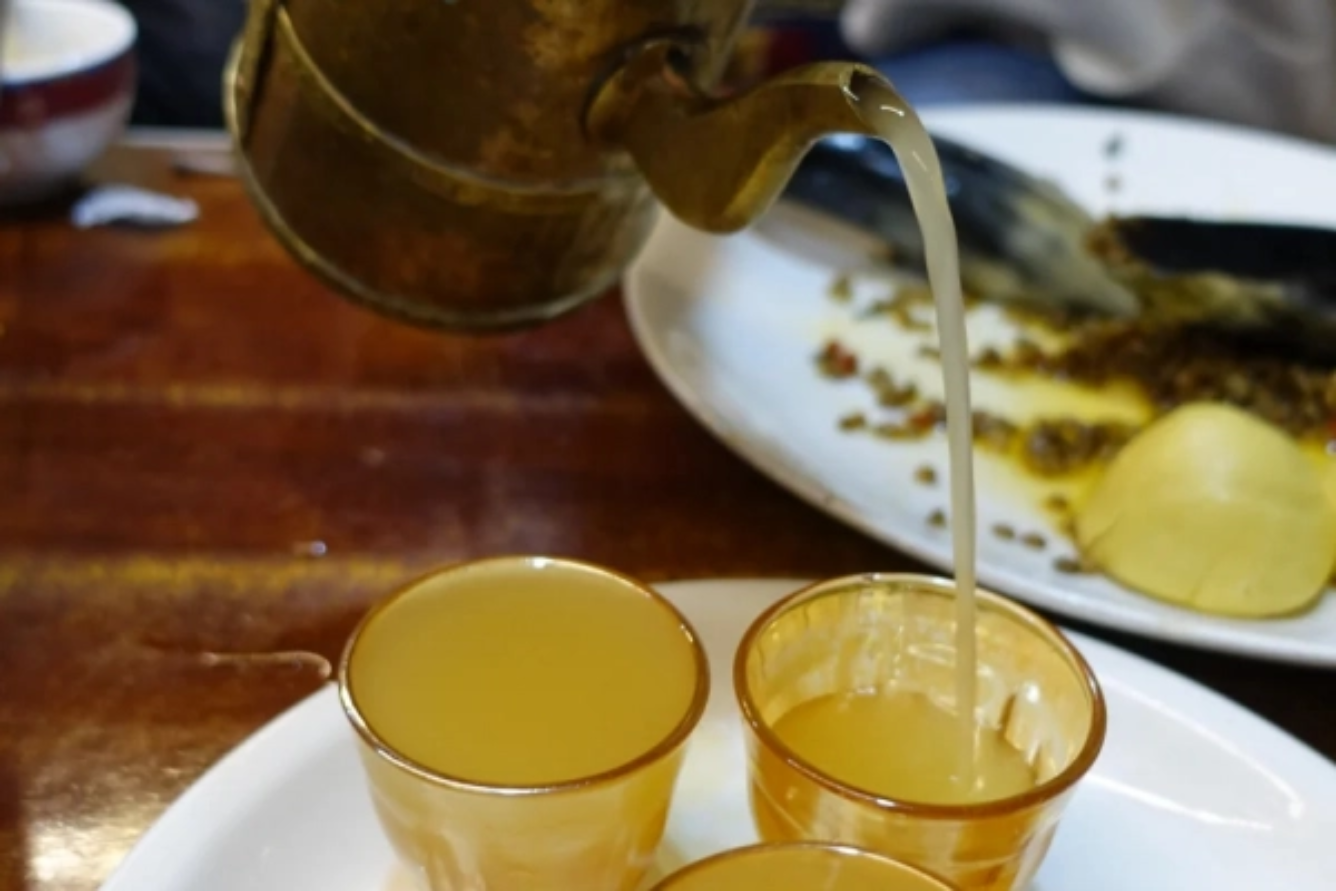
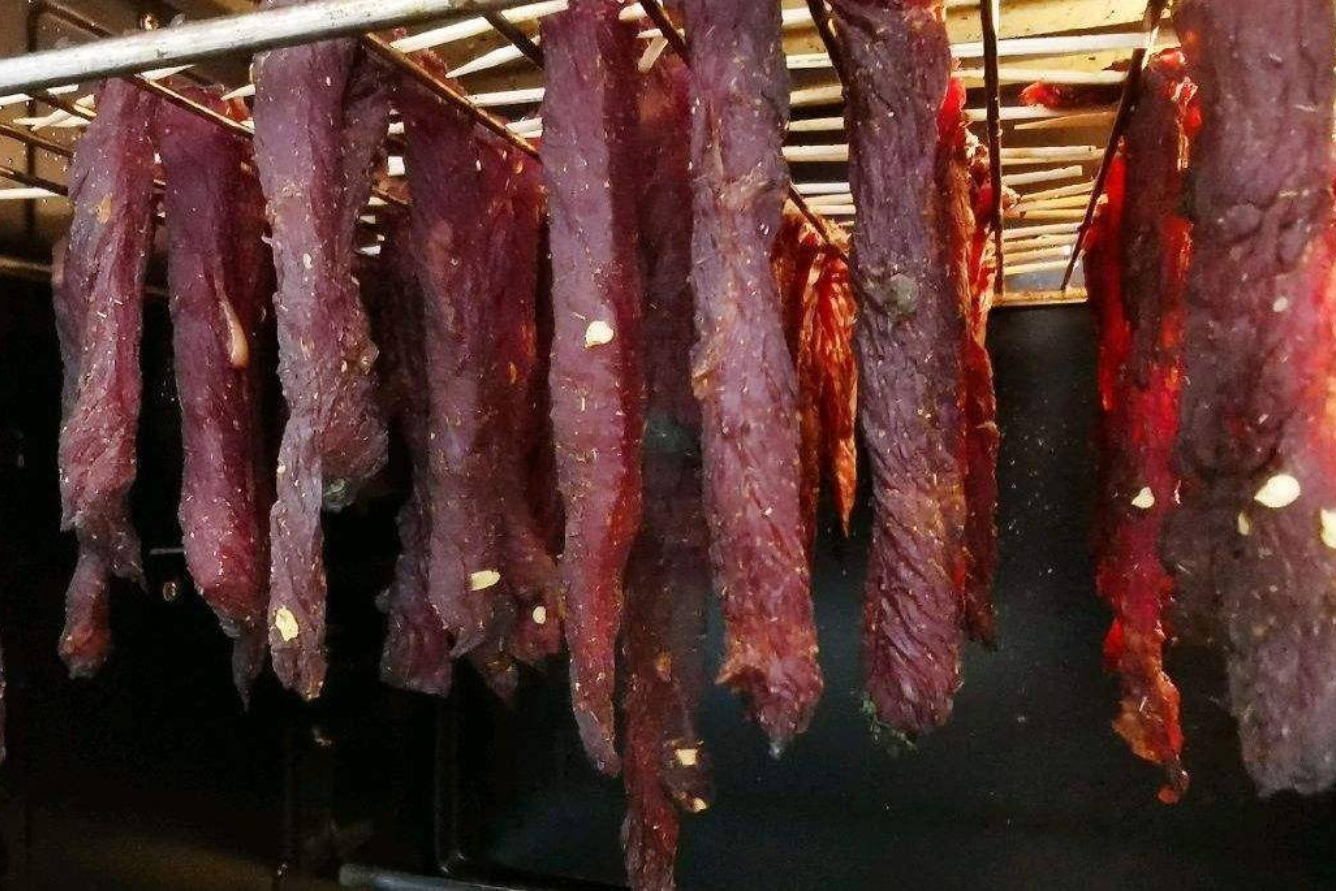




![[Photo] Da Nang: Water gradually recedes, local authorities take advantage of the cleanup](https://vphoto.vietnam.vn/thumb/1200x675/vietnam/resource/IMAGE/2025/10/31/1761897188943_ndo_tr_2-jpg.webp)



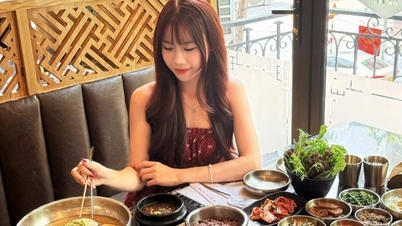






















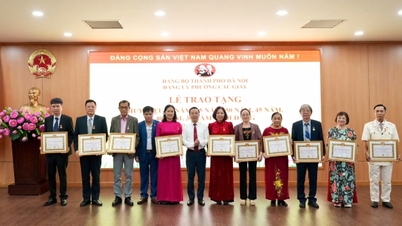



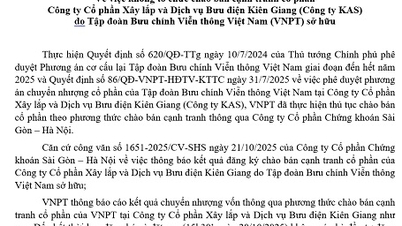


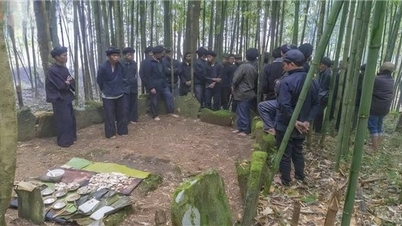




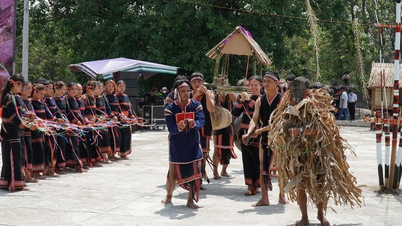

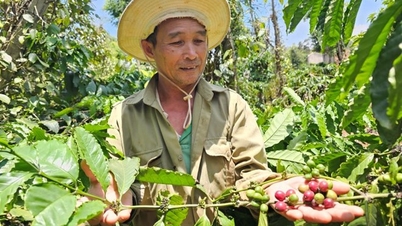
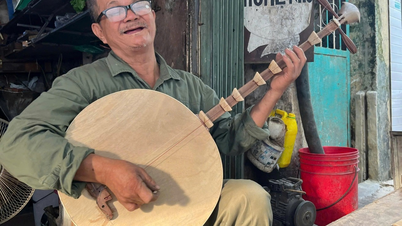










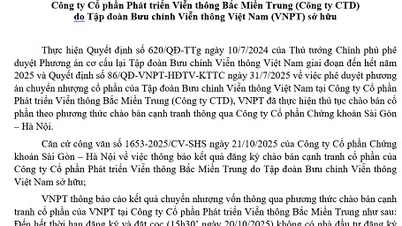
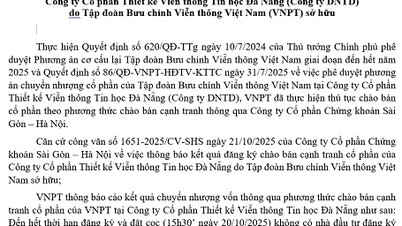














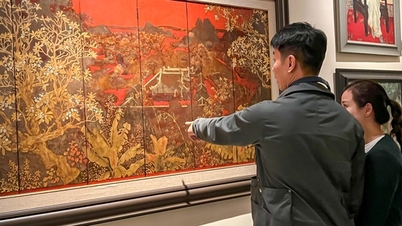













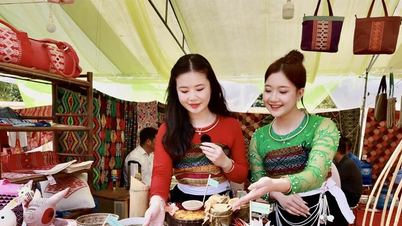








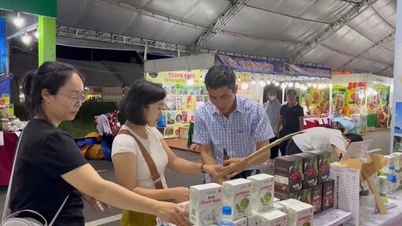


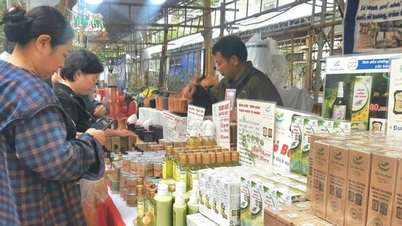





Comment (0)